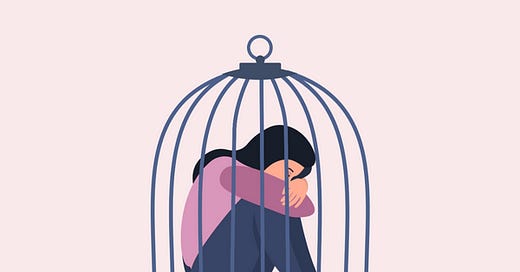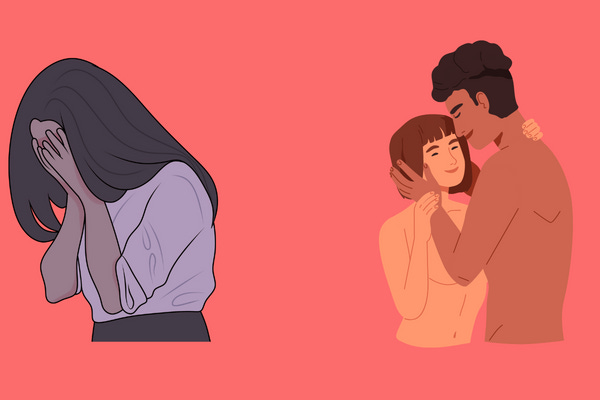Emotional withdrawal, especially common among women with ADHD, is often triggered by feelings of hurt, shame, or similar emotions, and manifests in both physical and emotional ways.
The Pattern
It can involve decreased eye contact, increased physical distance, and reduced verbal communication. Often, this withdrawal serves as a defense mechanism to protect against further hurt or disappointment. It's a learned response from past experiences, and it can inadvertently create barriers in relationships. Instead of addressing the emotions or situations causing the withdrawal, a person might retreat and withhold their emotions. This leads to a lack of closeness and intimacy because one partner is not fully 'present' or open about their feelings.
Many women with ADHD, triggered by experiences of rejection, disappointment, bullying, and a feeling of not fitting in, often emotionally withdraw as a way to cope. If this sounds like you, take heart; you're not alone.
Why Change?
The challenge here is that you might decide to change this pattern because it can be damaging to intimate relationships where you wish to foster closeness and authenticity. To alter this pattern, you need to feel safe and vulnerable, which is, frankly, terrifying.
How to Change
The first step, which I often guide my clients through, is to recognize when this is actually happening, when you're withdrawing. This recognition requires self-awareness and possibly the help of your partner. You might want to have a conversation with your partner about this pattern, acknowledge it, give it a name, and explain that it is from your past, part of your ADHD, and that many women struggle with it. Express that you need help when this happens and discuss what you might want to do instead. Perhaps you want to seek comfort, reassurance, or a hug, or maybe you want to address the problem or discuss the hurt that occurred.
Creating a plan may involve small, gradual steps and a lot of patience, but it is undoubtedly worth it. New coping skills take time to develop, and it's important to remember that the old ones served a protective function. Therefore, it's crucial to be kind, compassionate, and respectful to yourself during this process. It's also vital to remember that everyone is different, and consulting with a therapist or couples counselor about the process is highly recommended.
CHECKLIST
[ ] Acknowledge Feelings: Allow yourself to feel your emotions without judgment.
[ ] Identify Triggers: Understand the situations or feelings that trigger your withdrawal.
[ ] Communicate: Explain your tendency to withdraw emotionally to your partner.
[ ] Seek Comfort: Decide on a comforting action (e.g., reassurance, a hug) to replace withdrawal.
[ ] Communicate Emotions: Practice communicating your emotions to your partner.
[ ] Solve Problems: Work on solving problems instead of withdrawing from them.
[ ] Connect When Hurt: Practice connecting with your partner even when you feel hurt.
[ ] Practice Self-Compassion: Be kind and compassionate to yourself.
[ ] Implement Gradually: Make small, gradual changes in your behavior.
[ ] Monitor Progress: Reflect on and celebrate your progress regularly.
[ ] Stay Committed: Remain committed to the process despite any setbacks.
[ ] Partner Support: Have your partner encourage and remind you throughout the process.





